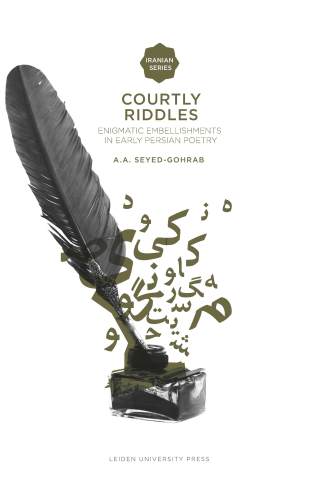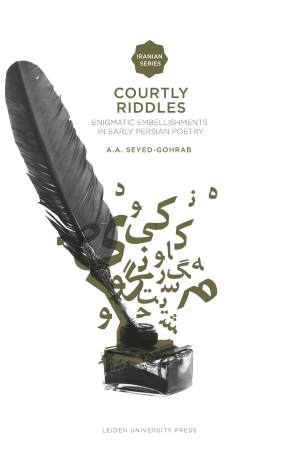This is the first study of Persian literary riddles to appear in English, analyzing a wide range of complex riddling poems systematically from the tenth to the twelfth century. In addition to the genre of riddles, the book examines the relationship between metaphors and riddles and the genre of literary description.
Literary riddles occur in the early specimens of Persian literature from the tenth century and they continue to be used in modern Iranian society.
What is it that it has neither trousers nor shirt?
[Yet] you can place on her lap whatever you wish
Although she has no tongue, she speaks the truth,
With a dragon, a scorpion upon her neck.
a scale (quppân)
‘Courtly Riddles demonstrates how the taste for riddles lies at the core of the development of Persian poetry. It proposes a careful, learned and systematic analysis of this hitherto little-studied and puzzling poetical game.’
Christine van Ruymbeke, University of Cambridge

